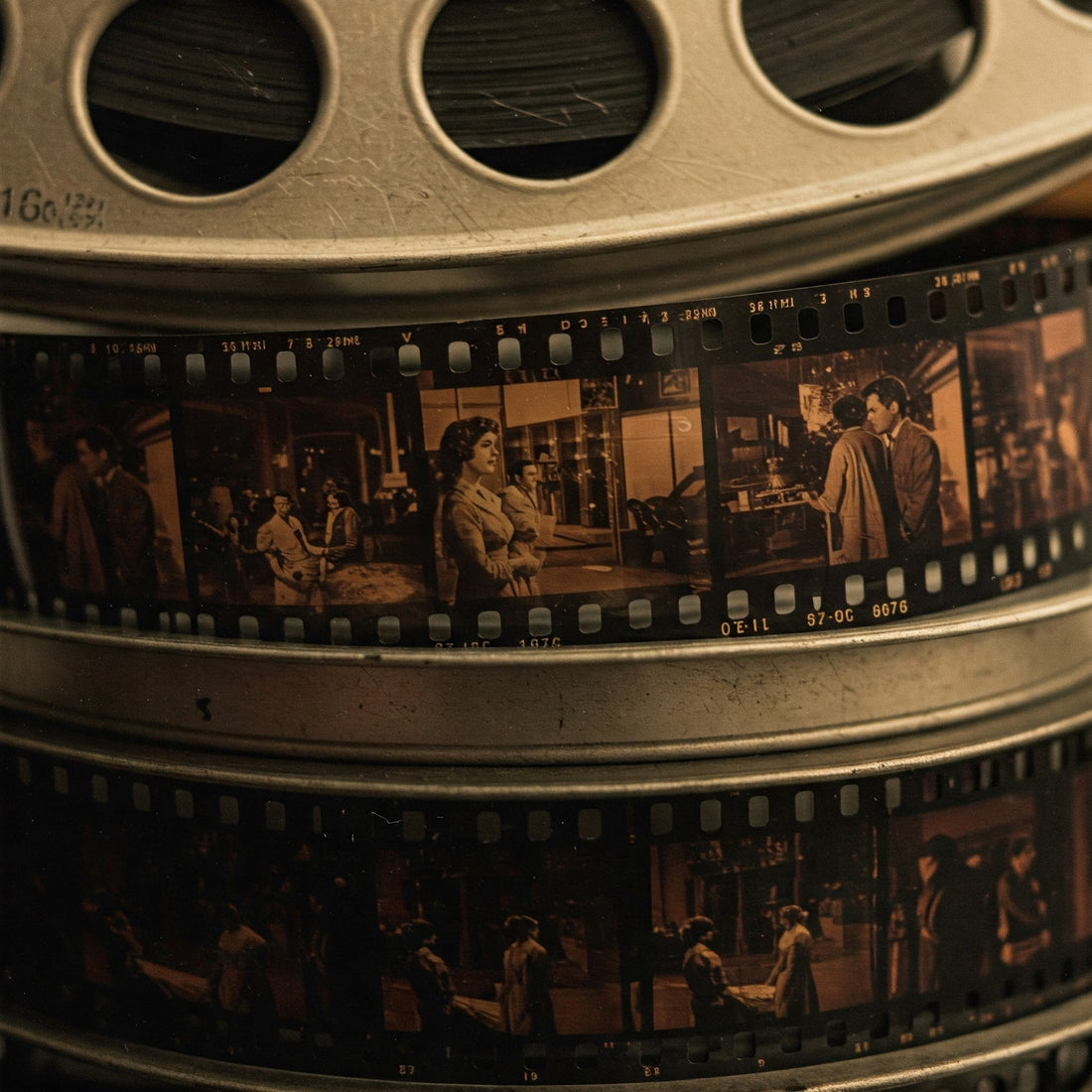
The Unique Characteristics of 16mm Film
16mm film holds a distinctive place in the history of home movies and filmmaking, offering unique characteristics that differentiate it from other formats of film such as 8mm or Super8. When considering a transfer to digital, understanding these qualities is crucial. The larger frame size of 16mm, compared to 8mm, inherently provides a higher level of image detail and brightness, making it a preferred choice for those seeking superior visual fidelity even before they digitize their film reels. Furthermore, 16mm film often features a magnetic or optical sound track, allowing for synchronized audio that was less common in amateur 8mm formats. This combination of visual quality and potential for integrated sound contributes to the rich texture and historical significance of 16mm home movies.
For those looking to convert their 16mm film reels to a digital format, the inherent characteristics of the film stock often translate to a more nuanced and detailed digital representation. The wider dynamic range and finer grain structure of 16mm can yield impressive results when properly scanned during the digitize process. While videotapes and slides offer their own unique charm, the cinematic quality often associated with 16mm home movies makes the effort to transfer and preserve these film reels particularly rewarding for those seeking to safeguard a higher-quality visual record of their family history. The process allows these unique characteristics to shine through in the final digital output.

